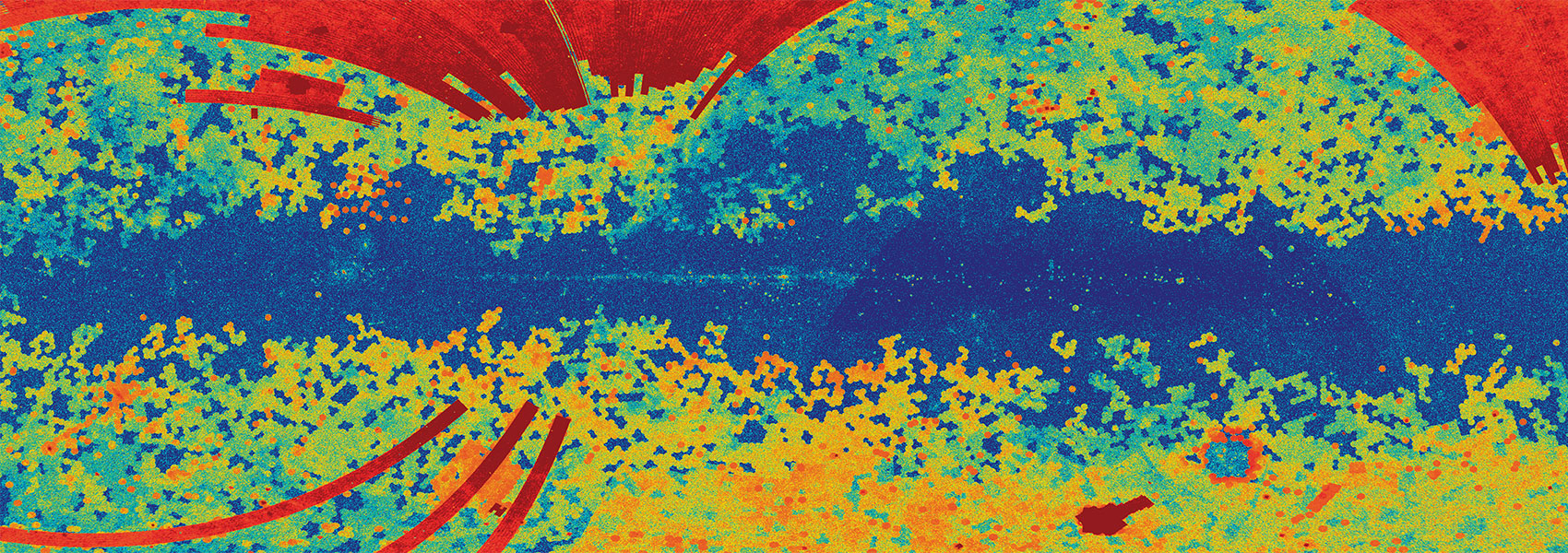September
2022
•
2022AJ....164..102M
Authors
•
Malpas, Amber
•
Albrow, Michael D.
•
Yee, Jennifer C.
•
Gould, Andrew
•
Udalski, Andrzej
•
Martin, Antonio Herrera
•
Beichman, Charles A.
•
Bryden, Geoffery
•
Novati, Sebastiano Calchi
•
Carey, Sean
•
Henderson, Calen B.
•
Gaudi, B. Scott
•
Shvartzvald, Yossi
•
Zhu, Wei
•
Cha, Sang-Mok
•
Chung, Sun-Ju
•
Han, Cheongho
•
Hwang, Kyu-Ha
•
Jung, Youn Kil
•
Kim, Dong-Jin
•
Kim, Hyoun-Woo
•
Kim, Seung-Lee
•
Lee, Chung-Uk
•
Lee, Dong-Joo
•
Lee, Yongseok
•
Park, Byeong-Gon
•
Pogge, Richard W.
•
Ryu, Yoon-Hyun
•
Shin, In-Gu
•
Zang, Weicheng
•
Iwanek, Patryk
•
Kozłowski, Szymon
•
Mróz, Przemek
•
Pietrukowicz, Paweł
•
Poleski, Radoslaw
•
Rybicki, Krzysztof A.
•
Skowron, Jan
•
Soszyński, Igor
•
Szymański, Michał K.
•
Ulaczyk, Krzysztof
•
OGLE Collaboration
Abstract
•
We report the analysis of microlensing event OGLE-2017-BLG-1038, observed by the Optical Gravitational Lensing Experiment, Korean Microlensing Telescope Network, and Spitzer telescopes. The event is caused by a giant source star in the Galactic Bulge passing over a large resonant binary-lens caustic. The availability of space-based data allows the full set of physical parameters to be calculated. However, there exists an eightfold degeneracy in the parallax measurement. The four best solutions correspond to very-low-mass binaries near ( ${M}_{1}={170}_{-50}^{+40}{M}_{J}$ and ${M}_{2}={110}_{-30}^{+20}{M}_{J}$ ), or well below ( ${M}_{1}={22.5}_{-0.4}^{+0.7}{M}_{J}$ and ${M}_{2}={13.3}_{-0.3}^{+0.4}{M}_{J}$ ) the boundary between stars and brown dwarfs. A conventional analysis, with scaled uncertainties for Spitzer data, implies a very-low-mass brown-dwarf binary lens at a distance of 2 kpc. Compensating for systematic Spitzer errors using a Gaussian process model suggests that a higher mass M-dwarf binary at 6 kpc is equally likely. A Bayesian comparison based on a galactic model favors the larger-mass solutions. We demonstrate how this degeneracy can be resolved within the next 10 years through infrared adaptive-optics imaging with a 40 m class telescope.
Links




